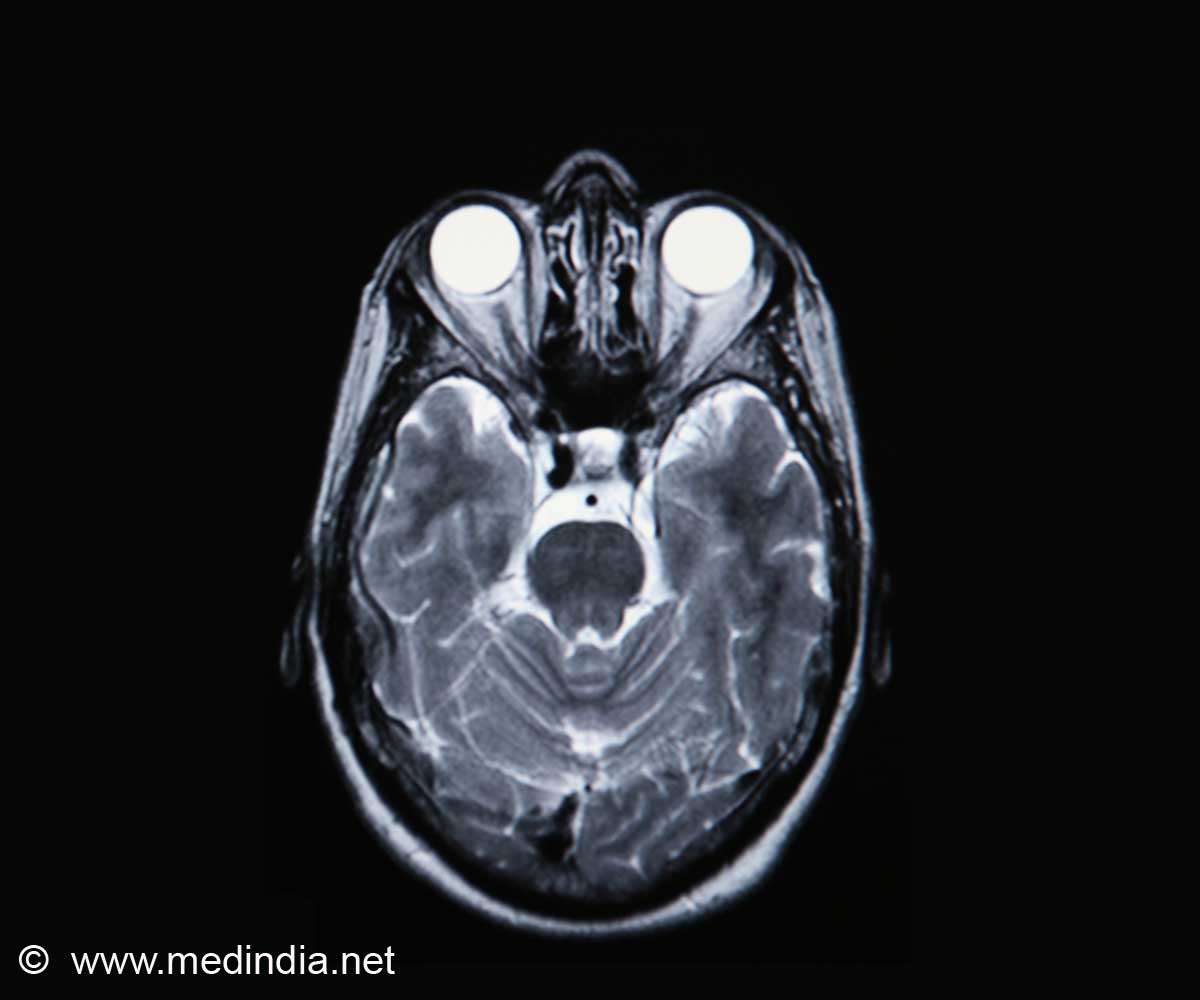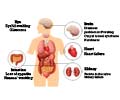At NYU Langone Medical Center, scientists have identified a compound, called 2-PMAP, in animal studies that reduced by more than half levels of amyloid proteins in the brain associated with Alzheimer's disease.

"What we want in an Alzheimer's preventive is a drug that modestly lowers amyloid beta and is also safe for long term use," says Martin J. Sadowski, MD, PhD, associate professor of neurology, psychiatry, and biochemistry and molecular pharmacology, who led the research to be published online June 3 in the journal Annals of Neurology. "Statin drugs that lower cholesterol appear to have those properties and have made a big impact in preventing coronary artery disease. That's essentially what many of us envision for the future of Alzheimer's medicine."
The 2-PMAP molecule that Dr. Sadowski's team identified is non-toxic in mice, gets easily into the brain, and lowers the production of amyloid beta and associated amyloid deposits.
The prime target for Alzheimer's prevention is amyloid beta. Decades before dementia begins, this small protein accumulates in clumps in the brain. Modestly lowering the production of amyloid beta in late middle age, and thus removing some of the burden from the brain's natural clearance mechanisms, is believed to be a good prevention strategy. Researchers two years ago reported that something like this happens naturally in about 0.5 percent of Icelanders, due to a mutation they carry that approximately halves amyloid beta production throughout life. These fortunate people show a slower cognitive decline in old age, live longer, and almost never get Alzheimer's.
Prevention of Alzheimer's dementia is now considered more feasible than stopping it after it has begun, when brain damage is already severe. Every prospective Alzheimer's drug in clinical trials has failed even to slow the disease process at that late stage. "The key is to prevent the disease process from going that far," Dr. Sadowski says.
Dr. Sadowski and colleagues screened a library of compounds and found that 2-PMAP reduced the production of amyloid beta's mother protein, known as amyloid precursor protein (APP). The APP protein normally is cut by enzymes in a way that leaves amyloid beta as one of the fragments. Dr. Sadowski's team found that 2-PMAP, even at low, non-toxic concentrations, significantly reduced APP production in test cells, lowering amyloid beta levels by 50 percent or more.
Advertisement
Dr. Sadowski and his laboratory are now working to make chemical modifications to the compound to improve its effectiveness. But 2-PMAP already seems to have advantages over other amyloid-lowering compounds, he says. One is that it can cross efficiently from the bloodstream to the brain, and thus doesn't require complex modifications that might compromise its effects on APP.
Advertisement
Alzheimer's disease, the most common form of dementia, currently afflicts more than five million Americans, according to the Alzheimer's Association. Unless preventive drugs or treatments are developed, the prevalence of Alzheimer's is expected to triple by 2050.
Other NYU Langone researchers contributing to the study were lead author Ayodeji A. Asuni, PhD; Maitea Guridi, MS; Joanna E. Pankiewicz, MD, PhD; and Sandrine Sanchez, PhD.
U.S. Patent No. 8,658,677 was recently issued for the compound discussed in this release. Funding for the research was provided in part by the National Institutes of Health (grants R01 AG31221 and K02 AG34176).
- NYULMC -
About NYU Langone Medical Center:
NYU Langone Medical Center, a world-class, patient-centered, integrated academic medical center, is one of the nation's premier centers for excellence in clinical care, biomedical research, and medical education. Located in the heart of Manhattan, NYU Langone is composed of four hospitals-Tisch Hospital, its flagship acute care facility; Rusk Rehabilitation; the Hospital for Joint Diseases, the Medical Center's dedicated inpatient orthopaedic hospital; and Hassenfeld Children's Hospital, a comprehensive pediatric hospital supporting a full array of children's health services across the Medical Center-plus the NYU School of Medicine, which since 1841 has trained thousands of physicians and scientists who have helped to shape the course of medical history. The Medical Center's tri-fold mission to serve, teach, and discover is achieved 365 days a year through the seamless integration of a culture devoted to excellence in patient care, education, and research. For more information, go to www.NYULMC.org, and interact with us on Facebook, Twitter, and YouTube.
Source-Newswise













